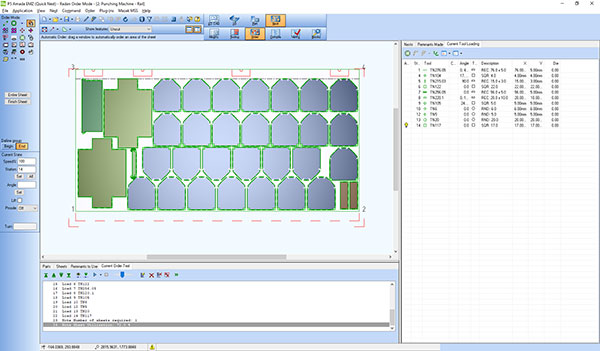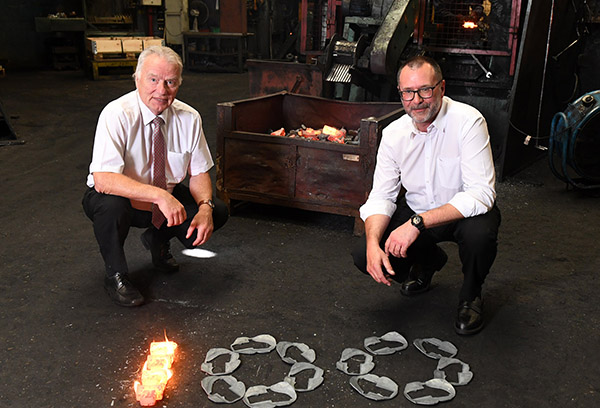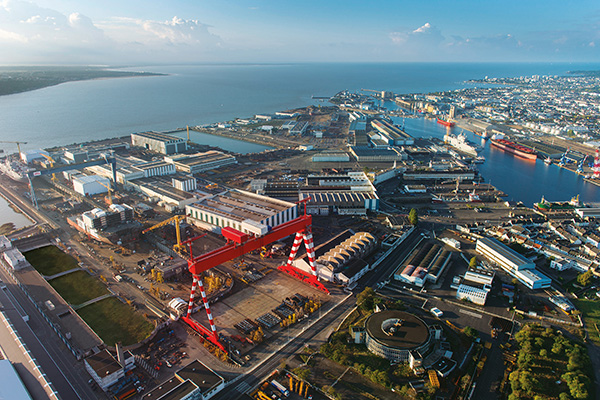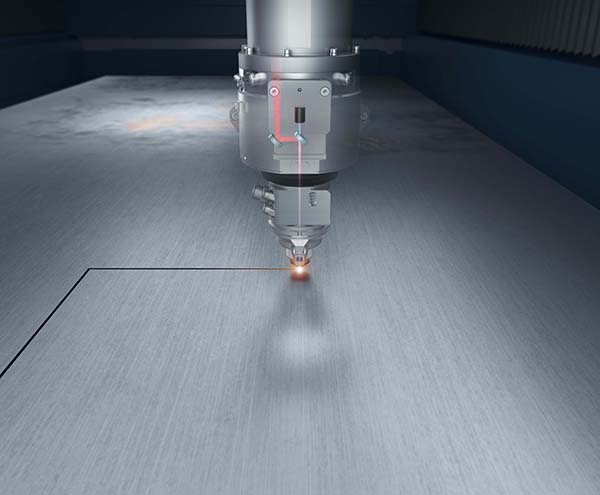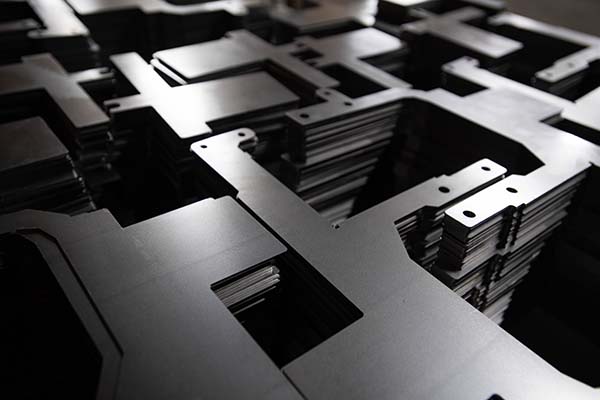The latest 2020.0 release of Radan CADCAM software for the sheet-metal industry sees a further reduction in mouse clicks, along with improvements to nesting and reporting, allowing customers to see an increase in efficiency, saving both time and costs.

Radan product manager Olaf Körner says: “The number of mouse clicks needed to use automatic nesting or work on a 3D model has been reduced by around half, making workflow much easier.”
The newly developed quick nest mode in Radan 2020.0 provides a more visual interface, with limited upfront set-up for projects, while a redesigned ‘new project’ dialog allows users to “get nesting quicker”. Time benefits can also be achieved with machine-specific projects and templates.
Says Körner: “The template contains automation. For example, a fibre-laser template will switch to your correct laser machine and put in all the settings needed.”
Along with a quicker start to projects, it is also easier for users to pick up on previous projects. The newly created streamlined mode benefits from reduced mouse travel and an autosave function so that work is never lost. Ease of use ensures the software is simple to learn and allows more complex projects to be completed efficiently.
Complex projects can also be fulfilled using the newly introduced punching tool type. Punching plays an important part of the manufacturing process, and Körner says customers are getting more creative with their tooling for punch presses, to set them apart from lasers. For instance, there is now a newly created tool type in the tool editor for flattening features.
For further information www.radan.com






